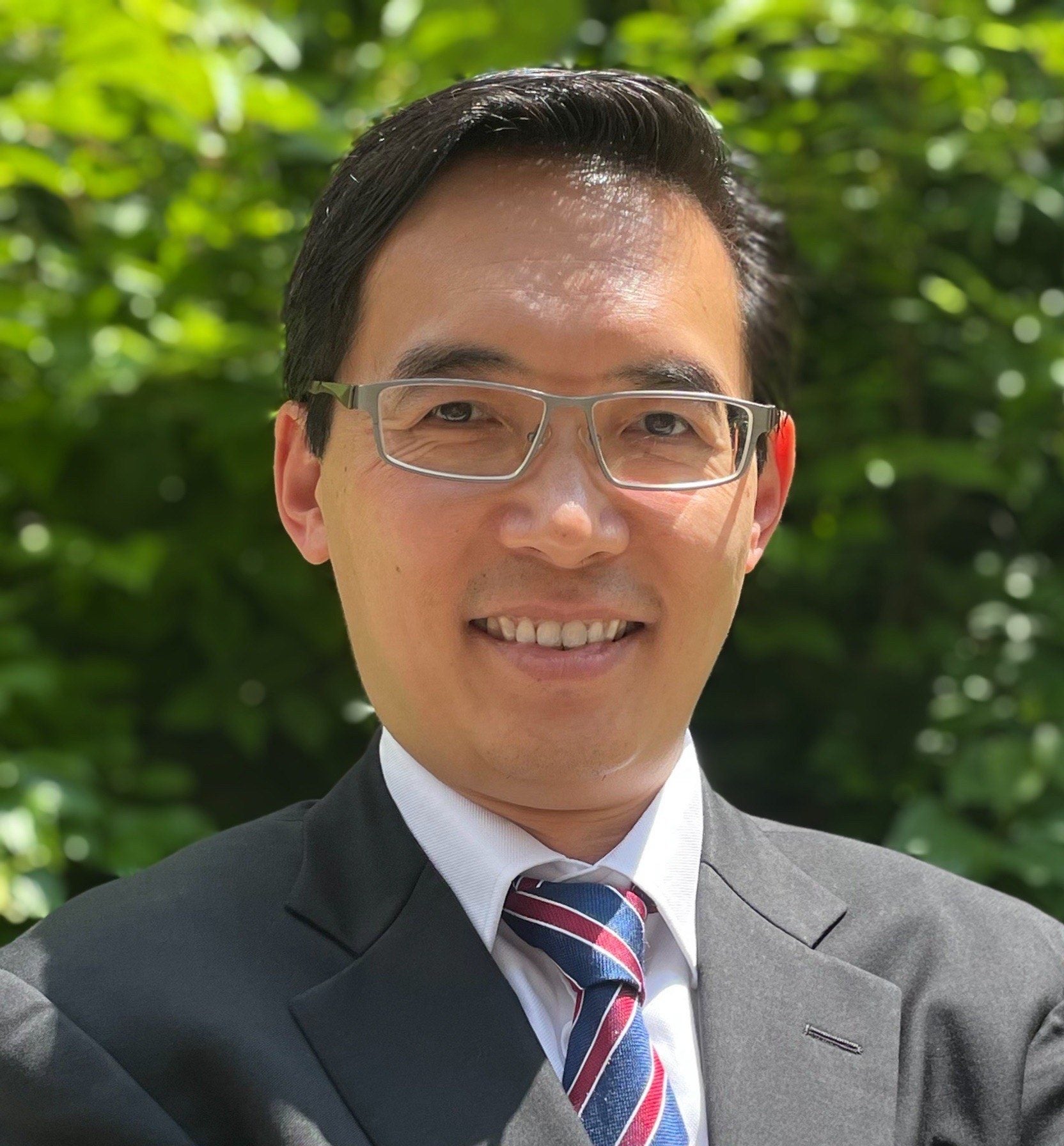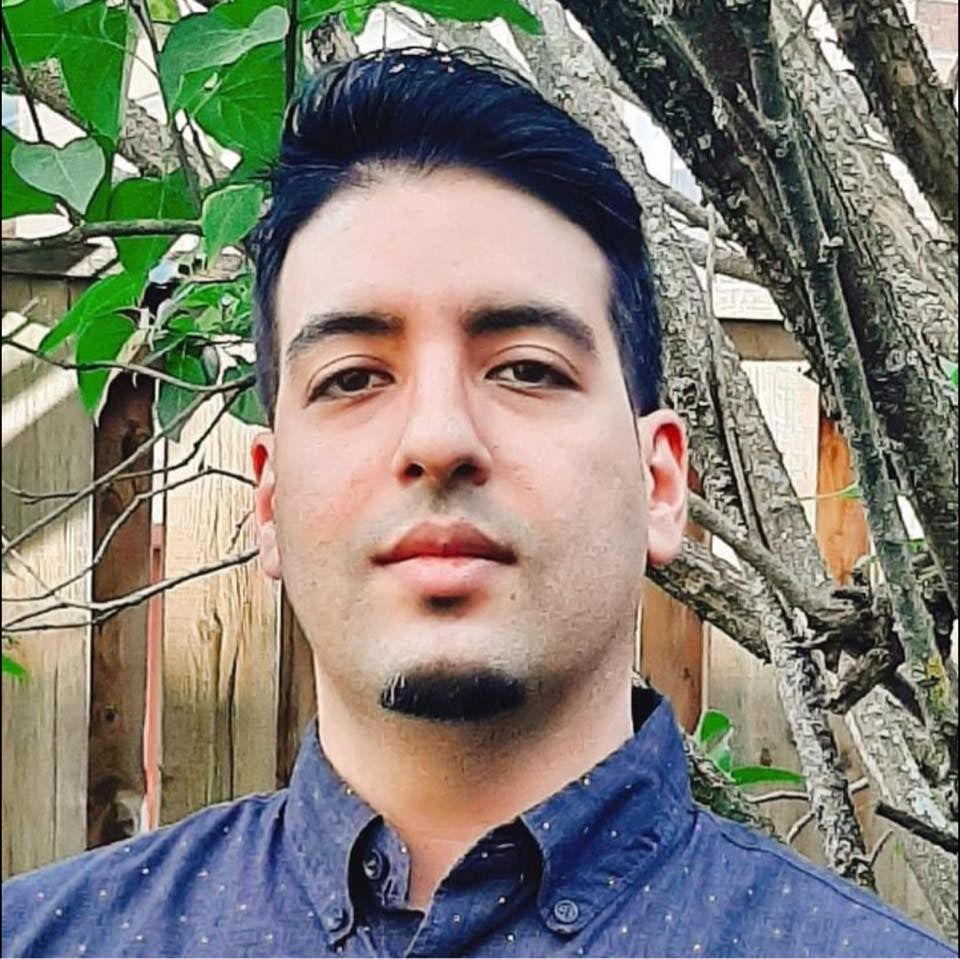COVID-19 is the ninth pandemic, or large-scale epidemic, the world has experienced in the past century - and it won't be the last.
To help the public and policymakers better navigate the next global outbreak, the University of Toronto has created the Institute for Pandemics (IFP) based at the Dalla Lana School of Public Health.
The institute is dedicated to preventing, preparing for, fighting and recovering from pandemics - with a public health focus. It's built around three strategic pillars: readiness, recovery and resilience.
 Nelson Lee
Nelson Lee
"We want to recover from this current public health crisis - it's not over yet," says Nelson Lee, interim director of the Institute for Pandemics and a professor at the Dalla Lana School of Public Health who is an expert on emerging infectious diseases, pandemics and epidemics. "But we also want to get ready for the next one in order to make better responses and decisions.
"The Institute for Pandemics will take an interdisciplinary approach to better understand transmission, how it's affecting our society and the economy, and how to make better public health decisions by pooling together researchers from social sciences, public health, medicine and pharmacy to engineering, and health economists, computer data scientists and more."
The IFP is the vision of professor Adalsteinn Brown, dean of the Dalla Lana School of Public Health and co-founder of the Institute. The research areas of the IFP are led by David Fisman, a professor in the school's epidemiology division; associate professor Jennifer Gibson, director of the Joint Centre for Bioethics, and Geoffrey Anderson, a professor at the Institute of Health Policy, Management and Evaluation.
Fisman will lead the Centre for Pandemic Readiness, which is dedicated to research to prevent the next pandemic and limit transmission. Gibson will helm the Centre for Pandemic Resilience, which aims to build equitable health systems that are safeguarded by data-driven, innovative technologies. Anderson will lead the Centre for Pandemic Recovery, which will provide evidence-based understandings of the broader negative socioeconomic impacts of COVID-19 to guide better, fairer policies.
A U of T Institutional Strategic Initiative, the IFP will connect researchers across academic disciplines to find accurate, sustainable, and reflective solutions to the multi-layered challenges the COVID-19 pandemic has brought. It will also act as a trusted voice to sort through the information - and misinformation - about how to move ahead.
The inequities exposed by the pandemic were 'striking'

Arjumand Siddiqi
Arjumand Siddiqi is a professor and division head of epidemiology at the Dalla Lana School of Public Health. As a social epidemiologist, Siddiqi studies the impact of economic and social factors - including race and ethnicity - that cause unequal health outcomes.
Siddiqi's work focuses on Canada, the United States and the United Kingdom. She is particularly interested in how wealthy countries use and share their wealth, including the ripple effects of social policy decisions and how the legacies of white-settler colonialism affect diverse societies.
While COVID-19 is an airborne disease that puts everyone at risk, Siddiqi's work shows that socioeconomic factors make some communities much more vulnerable than others. This includes people who lack the ability to work from home, live in crowded conditions or share a space with an essential service worker.
Social epidemiologists trace the patterns of disparities in a health crisis, including the social determinants of health. Compared to previous outbreaks like SARS, Siddiqi describes COVID-19's impact on vulnerable communities as striking - yet predictable.
"Your social position is a powerful source in dictating what your life is like and whether you have the resources and autonomy to stay healthy or whether you will be made by society to be vulnerable," says Siddiqi, a Canada Research Chair in Population Health Equity.
"Those consequences of not having resources or autonomy lead to health [issues] in a lot of different ways - and this time around, it led to increased exposure to the SARS-CoV-2 virus."
At a July 2020 Standing Committee on Health session in Canada's House of Commons, Siddiqi outlined how some neighbourhoods in Toronto were more affected than others by the COVID-19 pandemic. Notably, Black neighbourhoods were 40 times more likely to be at risk of contracting COVID-19 than white, upper-class neighbourhoods, she said.
At the time, an interactive map of COVID-19 rates per neighbourhood released by Toronto Public Health reported that the city's northwest neighbourhoods - home to predominantly working-class Black communities - saw COVID-19 infection rates of 450 per 100,000 people. Meanwhile, neighbourhoods located in central Toronto - and home to higher-income, white residents - had approximately 15 cases per 100,000 people.
How do we move forward to build resilient communities? Siddiqi says that, from an institutional perspective, providing information and access to health care is essential - but ensuring they have the economic power to thrive is crucial.
How did lockdown measures affect our mental health?
From children attending classes on Zoom to the blurring of parents' work and home lives, COVID-19 lockdown measures had a far-reaching impact on our sense of community and well-being.
 John Sina Moin
John Sina Moin
John Sina Moin, a post-doctoral researcher at the Dalla Lana School of Public Health, is exploring the mental health outcomes that COVID-19 measures had on vulnerable populations - primarily mothers, children and youth.
The international study, set for release early next year, compares the socioeconomic challenges and health disparities faced by mothers with young children and young adults living in Toronto and London, England since the pandemic. The study will concentrate on four age-based cohorts: mothers with children who are one to five years old; mothers with children who are six to 12 years old; youth who are 13 to 17 years of age and young adults between the ages of 18 to 24.
"When it comes to children and youth, remote learning largely disrupted their social routine," Moin says. "Mothers carried a heavier burden of taking care of children while balancing work and single-parent families had even more socioeconomic pressures.
"We think that this had a detrimental impact on their mental health."
Moin's research shows that mothers of one to five-year-old and mothers with children who are six to 12 years old experienced more strains on their mental health. Moin says that for the latter cohort, this may be due to increased demands to help children with schooling, which was not a factor for mothers with younger kids. As for challenges faced by mothers with babies, he notes that stressors may include social distancing and not being able to get the same level of support from friends and family before the pandemic started. This cohort may also experience anxiety about the future of their children and the rising cost of living.
Meanwhile, a September 2021 report released by the Survey on COVID-19 and Mental Health (SCMH), found that one in four Canadians who were 18 or older screened positive for symptoms of depression, anxiety or post-traumatic stress disorder (PTSD). That was up from one in five from the previous year.
In Moin's study, too, teenagers and young adults experienced increased mental health support needs.
While the shift to remote learning was one of the largest hurdles for all youth cohorts, those between the ages of 18 to 24 lost many rites of passage into adulthood - including experiencing campus life or living on their own for the first time. They also had difficulty landing part-time jobs to supplement their incomes.
Moin is continuing to process the data collected in both Toronto and London and will further explore the mental health experiences and impacts on families based on income and other factors such as deprivation score.
Leveraging technology for accessible, quality care
Virtual doctor visits remain a safe and accessible way to access health care as we recover from the pandemic - and Moin says the practice may be one of the pandemic's silver linings.
That's because virtual care makes it easier for people with physical disabilities or who live in remote areas to access a doctor - and doesn't necessarily require sophisticated technology. Moin, for example, led a study on accessing type 2 diabetes care during the pandemic that found, among other things, that 90 per cent of virtual care was delivered by telephone in Ontario.
Even so, Moin says the province is lagging in its efforts to capitalize on virtual care, including investing in apps or remote technologies to measure blood-sugar levels or high blood pressure, for example.
Moin says it's critical to learn from our collective experience with COVID-19 - including fully embracing innovative, virtual health-care services that are more accessible and don't sacrifice patient care - so we're better prepared for future health threats.
Moin says we must also take the time and effort to understand where we can best leverage technology and where traditional means of delivering care are still most effective. That way, we can improve care for patients by taking advantage of the best means of health care available. This will leave us better prepared for future health threats.
"We need to learn from history and everything that has happened with this pandemic," he says. "Part of this is being resilient to stop shocks to the system, like future pandemics or other global events.
"There are many lessons to be learned to help us in the future."
This article is part of a multimedia series about U of T's Institutional Strategic Initiatives program - which seeks to make life-changing advancements in everything from infectious diseases to social justice - and the research community that's driving it.






